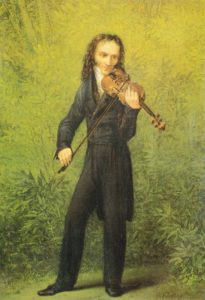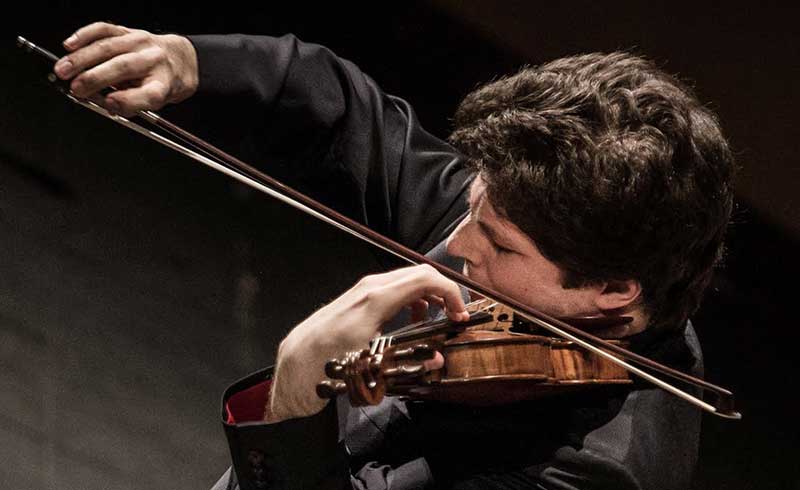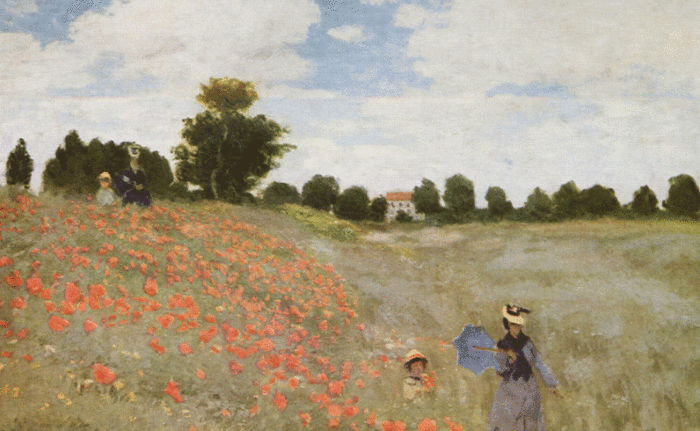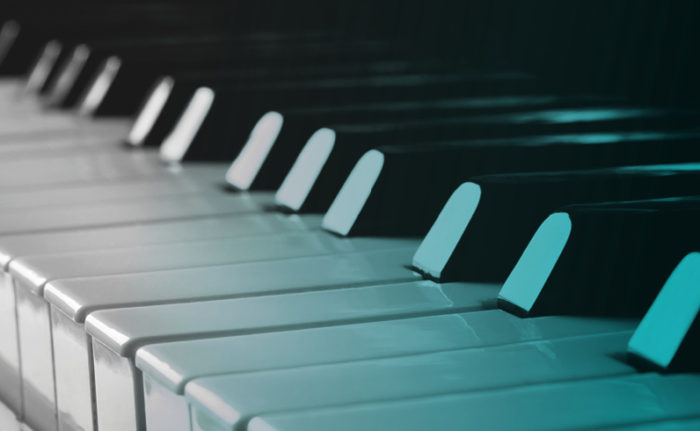On January 9, 11, and 12, Grammy Award-winning violinist Augustin Hadelich joins the Houston Symphony for Paganini + “Pines of Rome.” The program features Paganini’s Violin Concerto No. 1, a piece that pushed the instrument to its limits. The Symphony’s Calvin Dotsey recently asked Hadelich about Paganini, the work’s virtuoso feats, and more.
Calvin Dotsey: How would you describe Paganini and his music?
Augustin Hadelich: Niccolò Paganini was the world’s first rock star. Wherever he went, outlandish rumors were already spreading. Was it true that he murdered the lover of his wife? Did he really learn to play in jail on an instrument with only one string? Had he really sold his soul to the devil? Paganini never told these stories himself; he had others spread his legend—the wilder the better. He would arrive at his concerts in a black carriage, dressed in all black, a tall, thin, mysterious figure. He practiced secretly so that no one could copy his techniques. Paganini’s concerts were spectacles, featuring singing acts (often Mozart arias) interspersed between his own violin compositions. But by all accounts, he was also a sensitive, lyrical player. Men and women wept and fainted at his concerts, not only because they were dazzled by his virtuoso feats, but also because they were moved by his beautiful Italian bel canto melodies.
Many of his compositions are in the operatic, humorous style of his contemporary Gioachino Rossini, who delighted in making us laugh and cry and laugh again in rapid succession. In my opinion this humor is an essential but often overlooked characteristic of Paganini’s music.

CD: What does Paganini’s music mean to you? What do you enjoy about playing his works, and specifically, his Violin Concerto No. 1?
AH: I grew up in Italy, so I’ve always felt a particularly strong connection to Paganini’s music. I love the lyrical, singing themes that sound like they are straight out of Italian opera.
The second movement of his First Violin Concerto is particularly melodramatic. It is the depth of his music that sets him apart from other composers of virtuoso music like Wieniawski and Vieuxtemps, whose concertos followed Paganini’s example. While the virtuoso writing is memorable and a lot of fun, the reason why I keep coming back to Paganini and have endured so many long practice sessions is the beauty of his music!
CD: Are there any moments in this concerto that you would like to highlight for the audience?
AH: All the virtuoso bits should be fun to listen to, and always sound playful—even funny!
There is a lot of virtuoso entertainment here: difficult double-stop runs of all kinds, harmonics (a high-pitched way of playing that sounds like whistling), and the “ricochet” bow technique in the last movement, which involves throwing the bow on the string and having it rebound on its own, kind of like bouncing a ball. In one of the most feared moments in the violin repertoire, in the last movement, the violinist even plays harmonics in double stops!
The cadenza is traditionally a place in a concerto where the soloist would improvise and ruminate on the themes of the work, and Paganini followed the custom of his time of leaving space for violinists to write their own cadenzas. Sadly, the tradition of violinists writing their own cadenzas did not continue through the 20th century. I found myself not loving any of the existing cadenzas as much as the concerto, and therefore decided to follow Paganini’s invitation to compose my own cadenza!
In this cadenza I wanted to follow Paganini’s (and Rossini’s) method of alternatingly making the listener laugh and cry, and therefore decided to bring back the march from the orchestral introduction, the two most beautiful lyrical themes, with lots of virtuoso fireworks tying it all together.
Don’t miss Paganini + “Pines of Rome” on January 9, 11, and 12. Learn more & get tickets.



